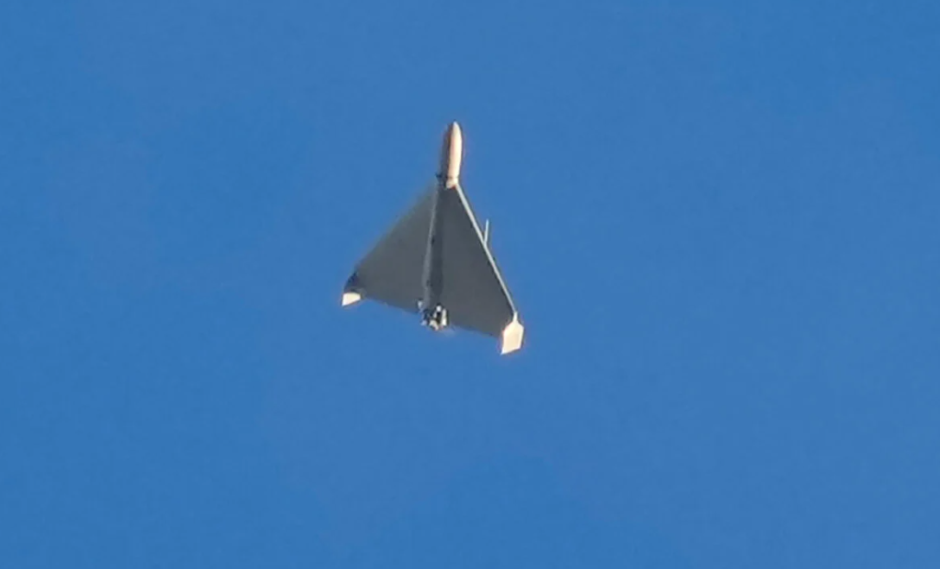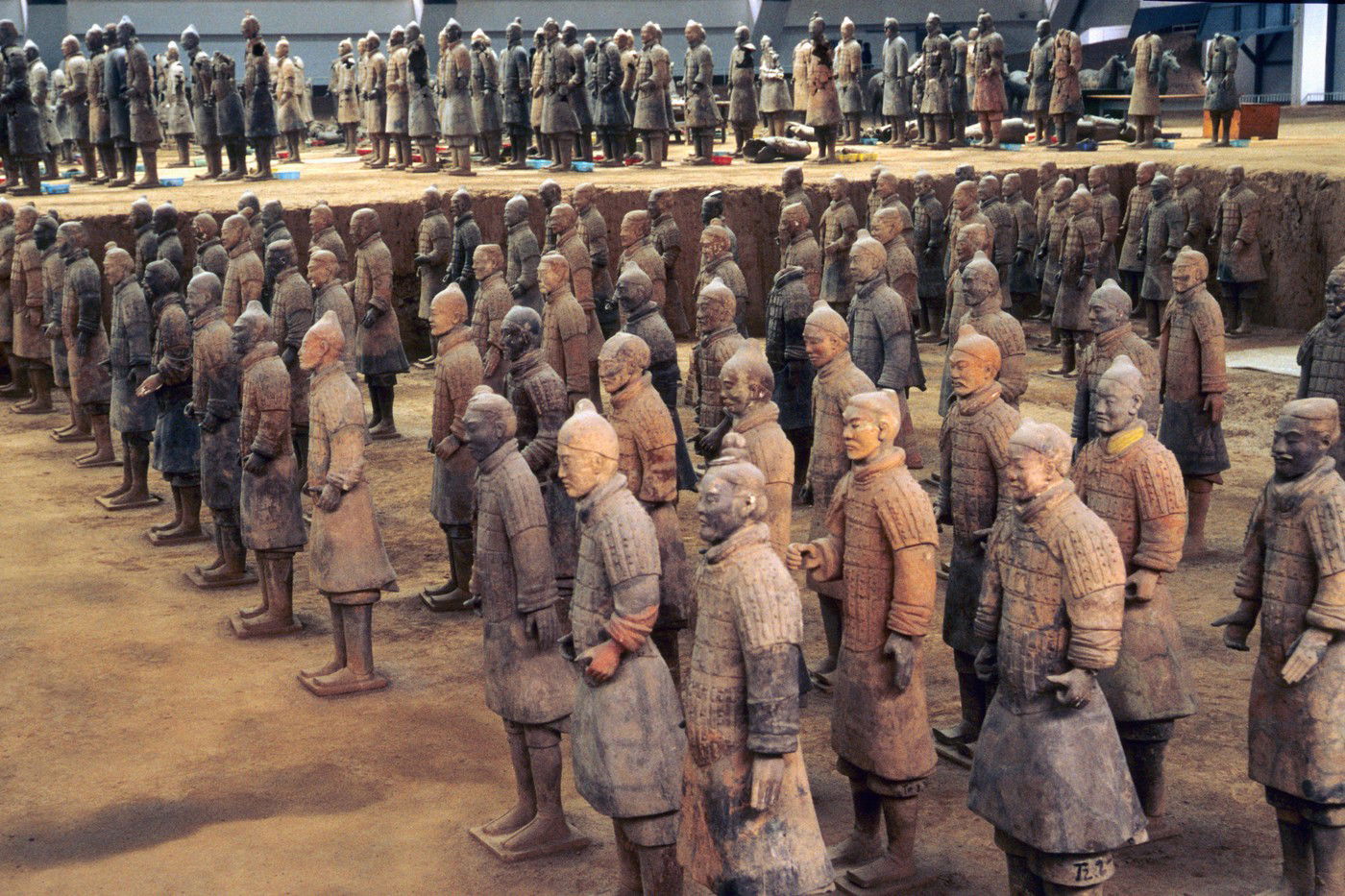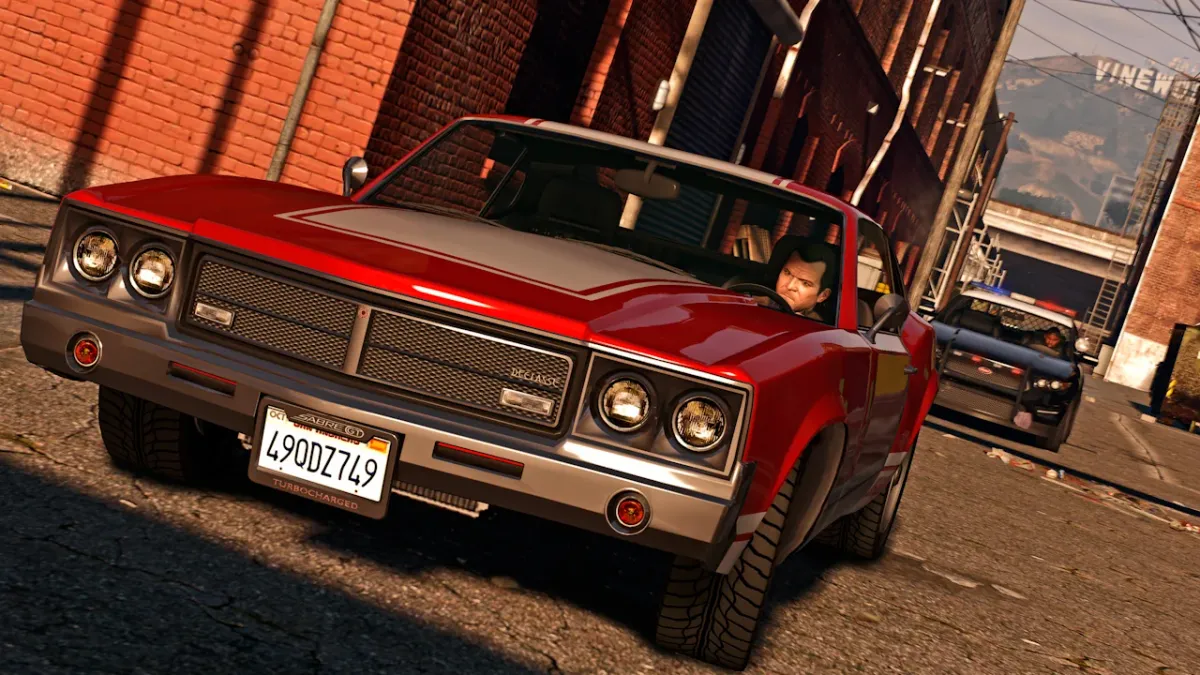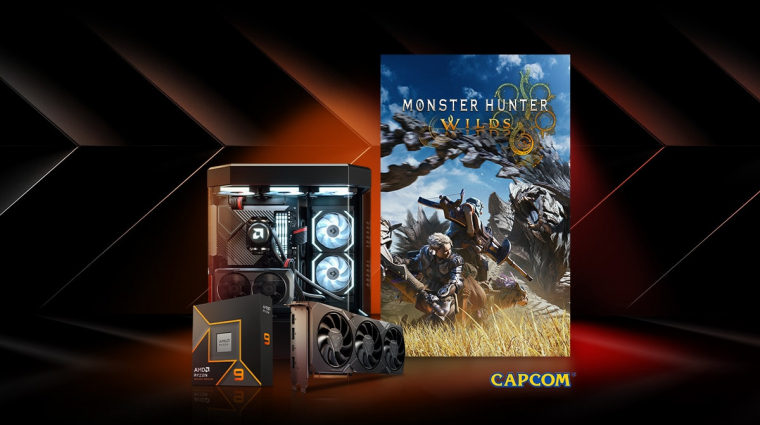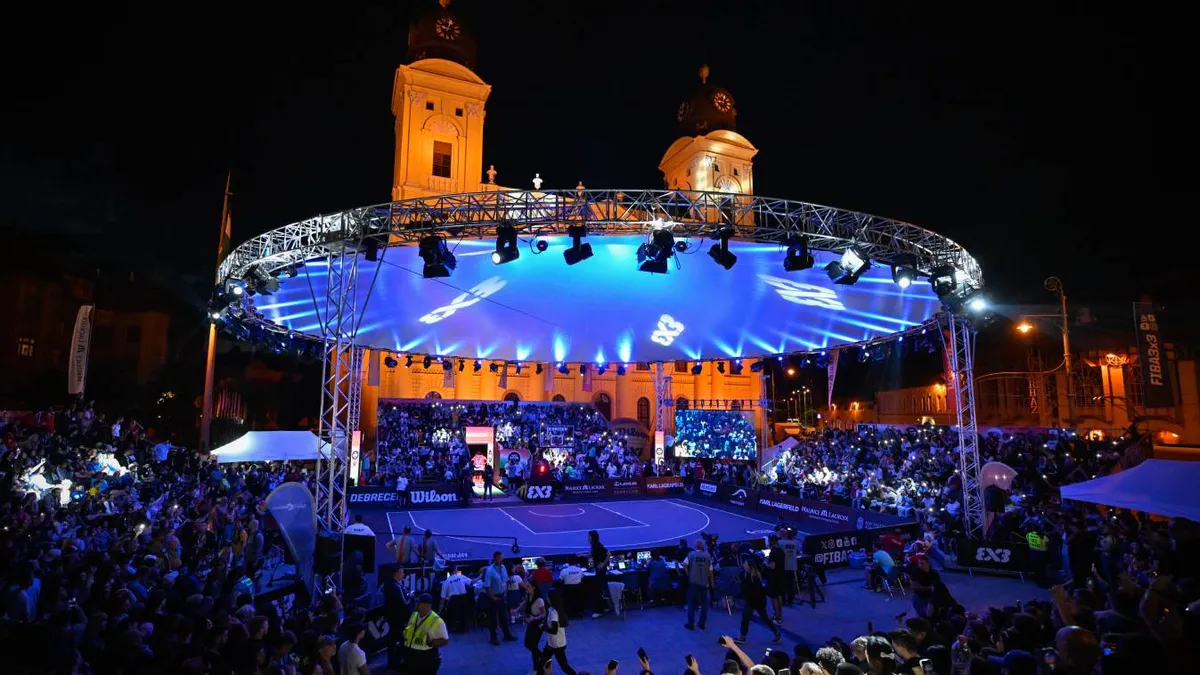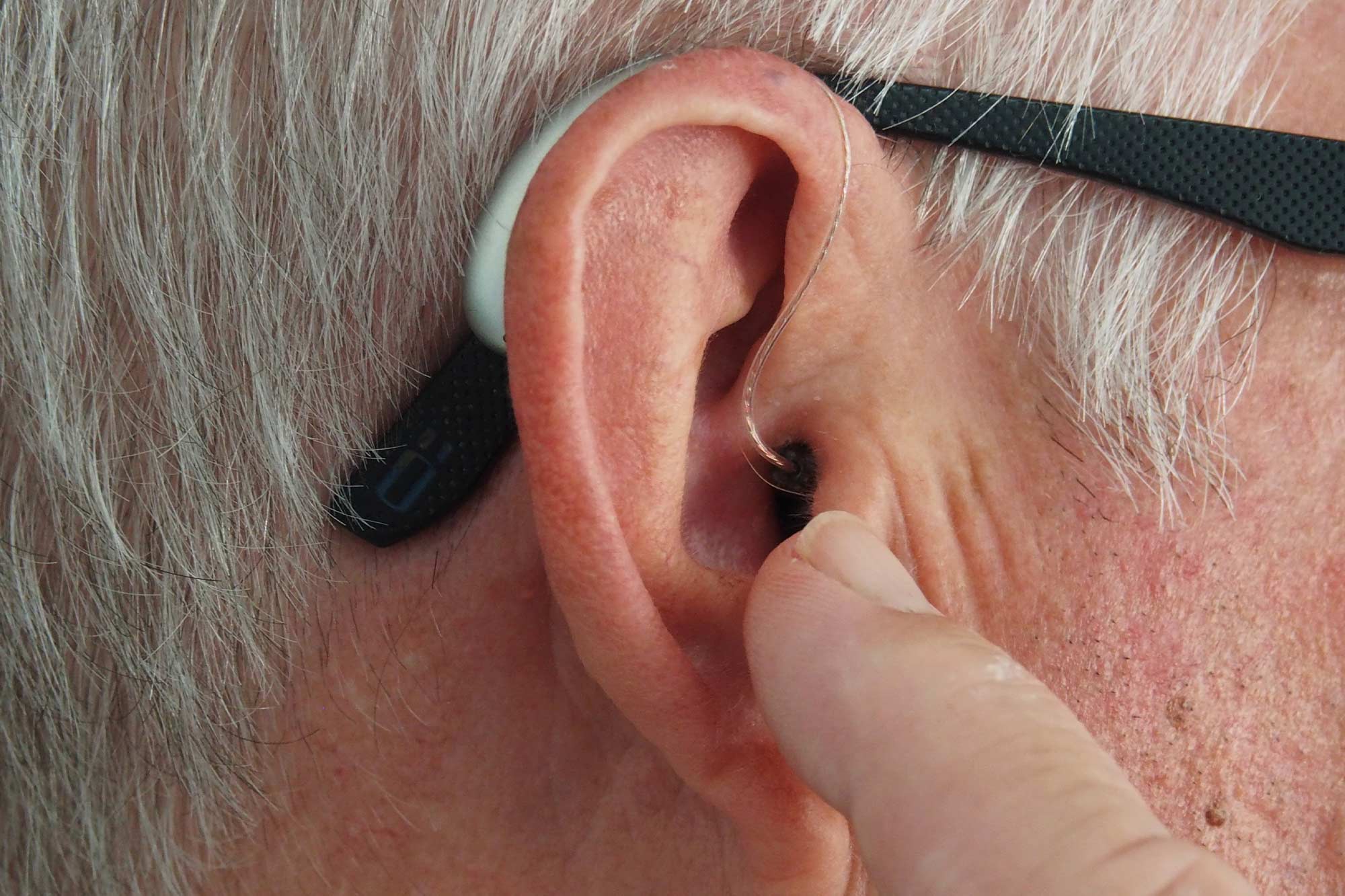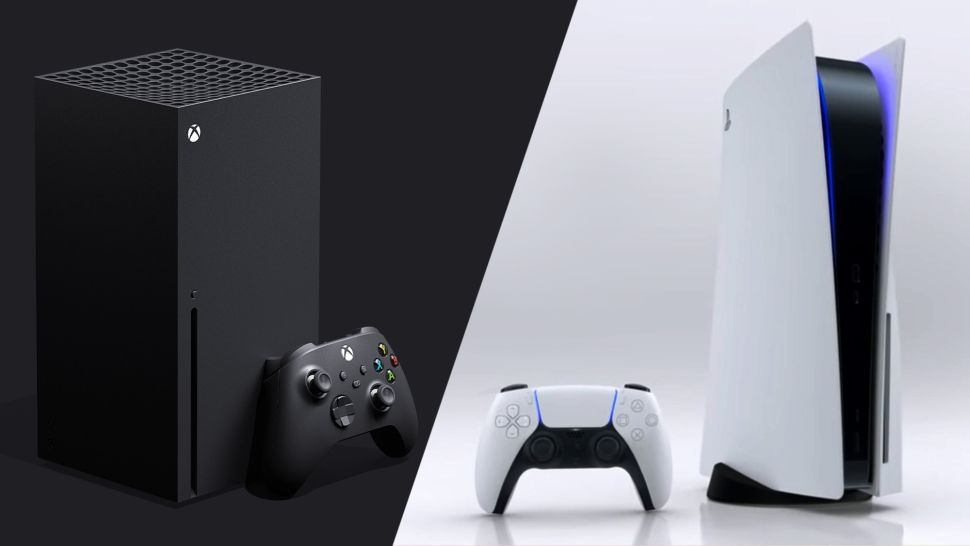Where we can celebrate our birthday every day and a half
After thousands of years of free-eye observations, and then hundreds of years of telescope observations that didn’t reveal the true details, when we saw images of the first spacecraft in the 1970s, what was most shocking was that Mercury’s appearance was deceptive. Similar to the Earth’s moon. With a diameter of 4,879 kilometers, it is also closer to our loyal companion in terms of the size of the smallest planet in the Solar System.
The surface of a planet smaller than half of our home planet is covered in cosmic scars caused by intense asteroid and meteorite collisions in the early stages of the solar system’s life.
Among these, the impact phenomenon that formed the Caloris Basin was extremely devastating
That waves extending from the giant crater 1,300 kilometers in diameter to the surface of the solid planet, and meeting at opposite points in the celestial body, created chaotic surface shapes.

Mercury closes its circles closest to our central star, causing an inferno of nearly half a thousand +430 degrees Celsius on its sunny side, and a temperature drop of nearly -170 degrees on its shaded side. Its rotation around its axis is very slow, it revolves around the sun twice in three revolutions.
Thus, according to the time there, a Mercury year lasts only one and a half days longer than Mercury.
If there were meaningful living beings on the surface – in fact, no primitive beings could live on – they would celebrate their birthdays every day and a half. Unlike our moon, they could not see a host above its sky.
It is visible to the naked eye, but still difficult to see
According to astronomical research, one of the most influential astronomers of all time, the founder of the heliocentric worldview, Nicholas Copernicus (1473-1543), has never seen Mercury. Not just with binoculars – it was only created decades later and then used for astronomical purposes – but not with the naked eye.

The explanation for this is that the planet can only be seen after sunset and before sunrise, but for a very short time due to its proximity to our central celestial body. Its brightness also lags far behind that of Venus, colloquially known as the morning star. Finding it is not an easy task, it is always possible to see it near the horizon.

It looks like a bright star to the naked eye; When examined with astronomical telescopes, its small disk shows phases similar to the Moon as well as Venus and Mars.
This kind of “exile” is also great at that
Apparently independent scientific books on the dominant celestial bodies of the inner solar system, the Sun itself, Venus, Earth, Moon and Mars have apparently been published in Hungarian, but no publications on Mercury have been published.

Its atmosphere is also very thin and volatile with a pressure of only 10-14 atm (!) compared to Earth’s atmosphere 1; In terms of chemical composition, it is mainly composed of oxygen, sodium and hydrogen.
Mercury fragments on the ground
In addition to the lunar and Martian meteorites, there is another rocky planet from which a celestial messenger is supposed to come to us, namely from Mercury. The greenish specimen already seemed interesting to the nomadic explorer. Of the 345 grams Northwest African (NWA) 7,325 found in the Sahara in 2013, laboratory measurements later compared to those of the MESSENGER spacecraft found it likely came to us from the innermost planet.

It is a very ancient formation, dating back to the period after the formation of the planet. It was exploded by the massive impact that also “peeled away” the planet’s crust, stripping off a large part of its mantle.
This is also the reason for the highest density of the planet after Earth, which is 5.43 g / cm3: only its iron core remains.
A very small amount of flying debris landed in North Africa after a long journey and then was performed in the laboratories of research institutes and in the beautifully lit showcases of meteorite collectors.

Like countless other “heavenly stones”, this meteorite contains so-called pairs (such as NWA 8409) that arose from the same fall, only found in time and space, at other times, and in other places, but later studies have established its same origin NWA 7325 and 8409 have also been detected.
The siege of the Mercury spacecraft has continued since the 1970s
The Mercury spacecraft has been tested twice so far, and the spacecraft is currently heading toward it. From the planets of our solar system in the site
Mercury is one of the least studied planets.
In this respect, it is preceded only by the two most distant gas giants, Uranus and Neptune. The beginning of the research of the Mercury space probe was the Mariner-10, which was launched in 1973 during the period of the Soviet-American Space Race.

Interestingly, although the Russians conducted very successful expeditions to Venus, they did not dare to go to Mercury. Mariner-10 also bypassed our “close” neighbor, and got the lens, but the real target was the innermost planet.

Using the Morning Star’s gravitational-force swing maneuver, he flew into Mercury and successfully took hundreds of thousands of kilometers from space flight. While standing in orbit around the Sun, he performed a flying orb maneuver four times in 1974-1975. In addition to his scientific studies, he painted almost half of the planet using his photographs.

Out of operation, it will likely continue to orbit the Sun even today. The next visitor was the MESSENGER space probe (derived from the acronym “MErcury Surface, Space ENvironment, GEochemistry and Ranging”).
After adjusting its orbit around the sun in 2011, it became a satellite of the planet.
In addition to his research program (and the most exciting result was the water molecules in its upper atmosphere), this has already imaged almost the entire surface of Mercury.

Already in 2015, he performed “Half Dead” with a direct impact on the surface of Mercury. On his way to his destination. In fact, it is a double moon whose members, the European orbiting planet Mercury, MPO, and the Mercury Magnetospheric Orbiter, MMO, orbit Mercury at different altitudes above the surface and conduct their research accordingly.

However, it is unfortunate that, despite the wishes of the scientific community, the originally planned landing unit ultimately did not fit into the program budget.
Hungarian names on Mercury
In recent years, in addition to transiting Venus, we have repeatedly seen from Hungary the amazing natural phenomenon of Mercury moving in front of the disk of the Sun: while observing we saw the black silhouette of the inner planet as a passing point in the foreground of our central star. At the same time, this is not the only point in our friendship with the planet.

We always talk about galactic aspects wherever and whenever they appear. However, this is undoubtedly the area where we would not assume something like this up front. Although it may sound strange, Mercury has a Hungarian connection. On its surface, the impact crater has been named by the International Astronomical Union as Bartok, Jokai, Lyst and Petofi craters.












